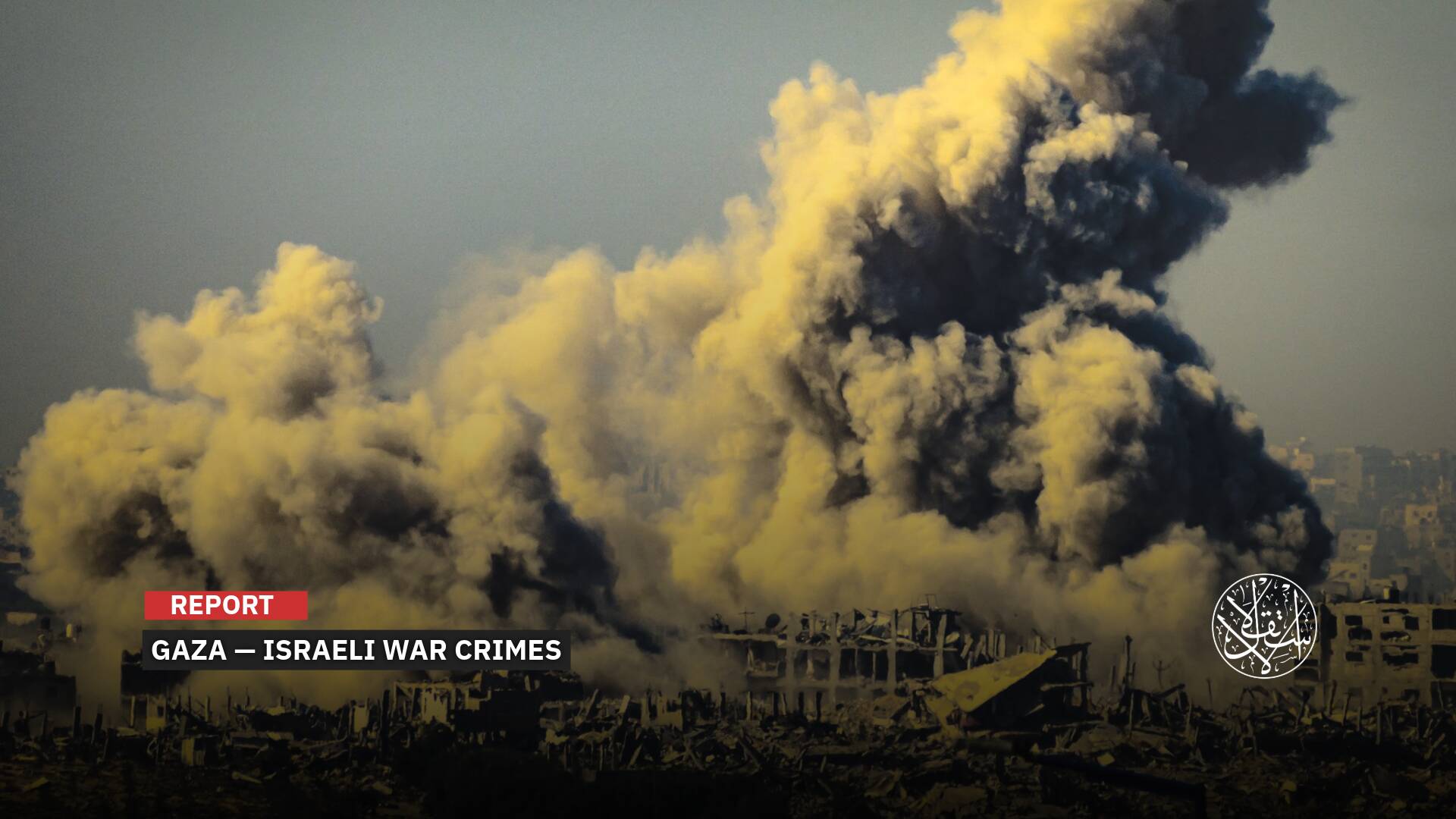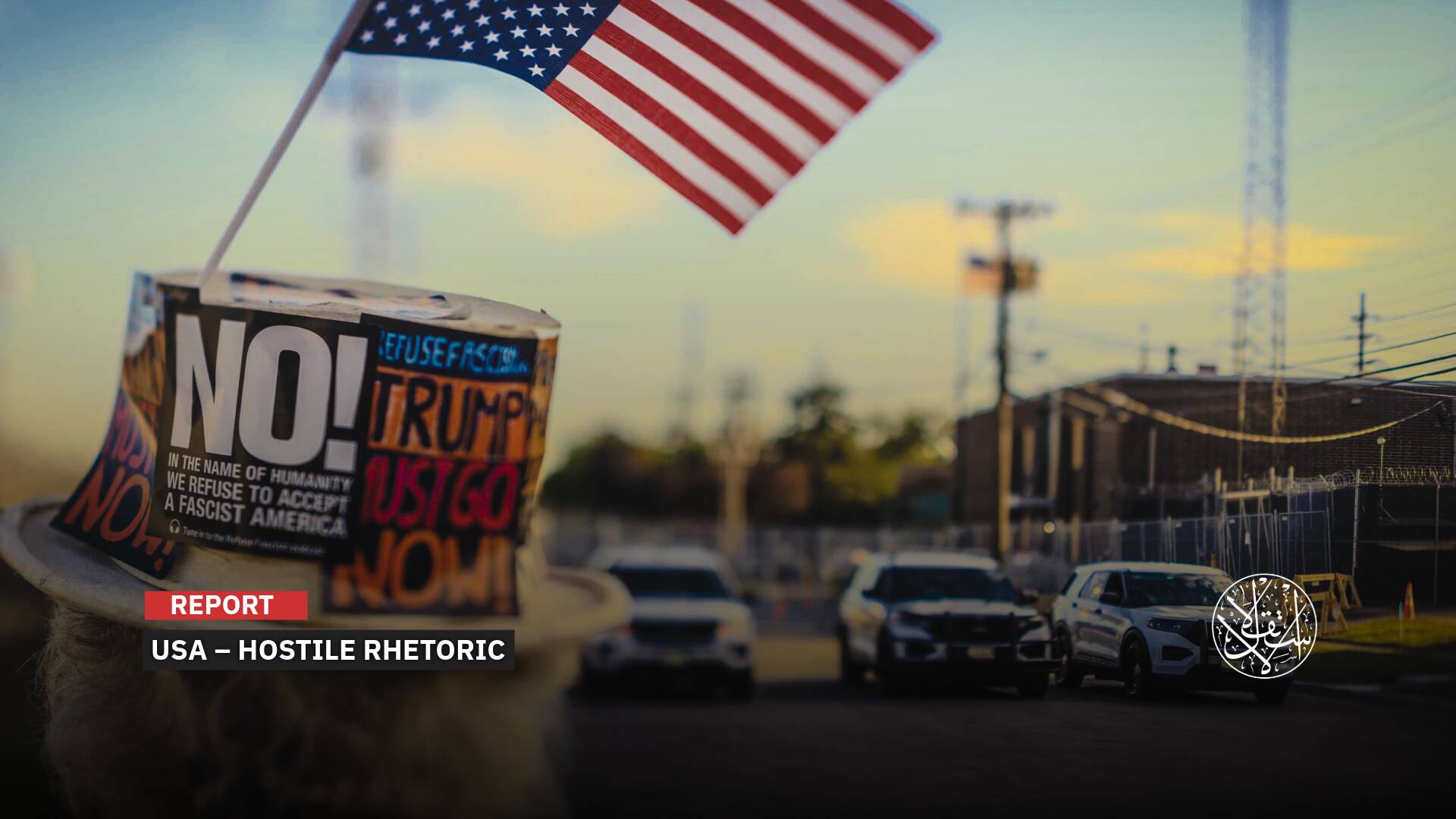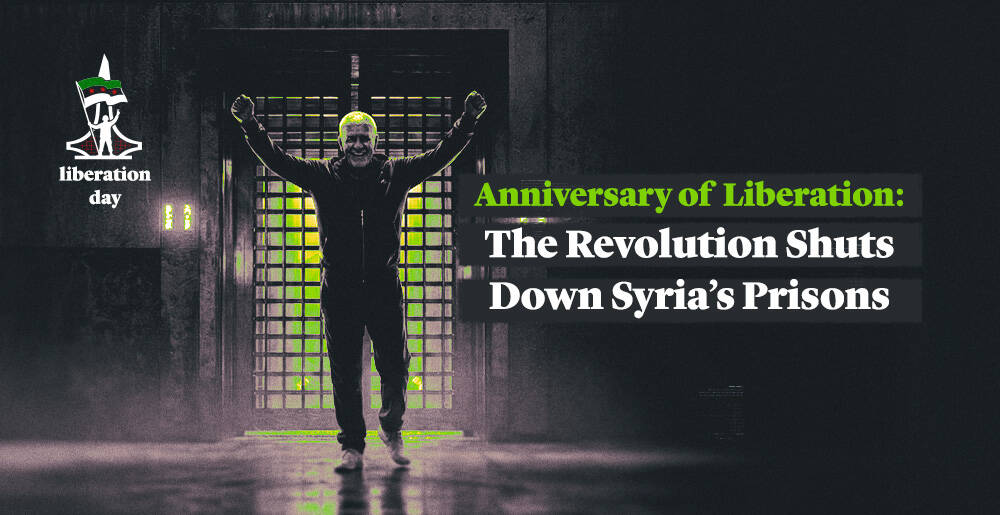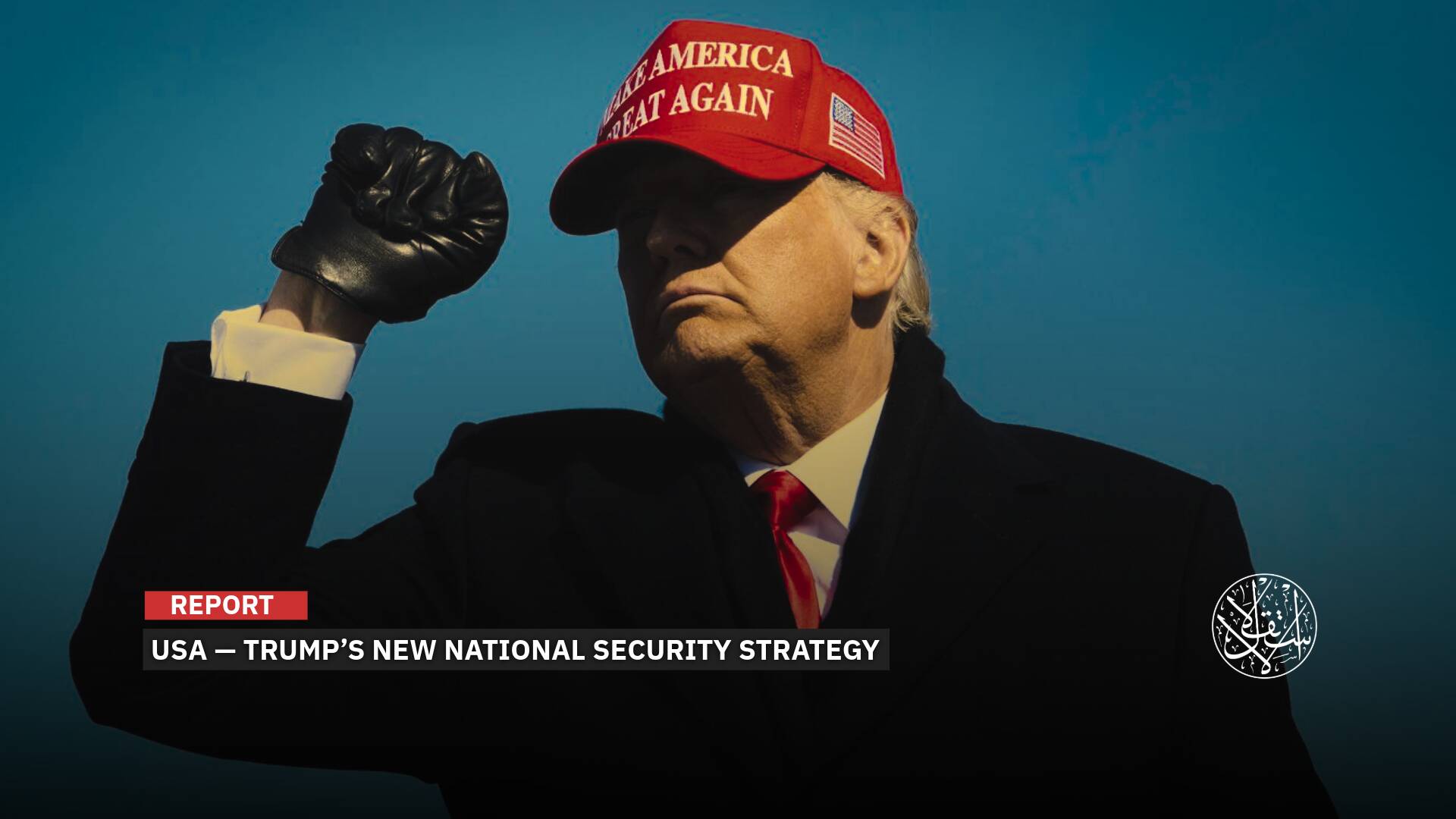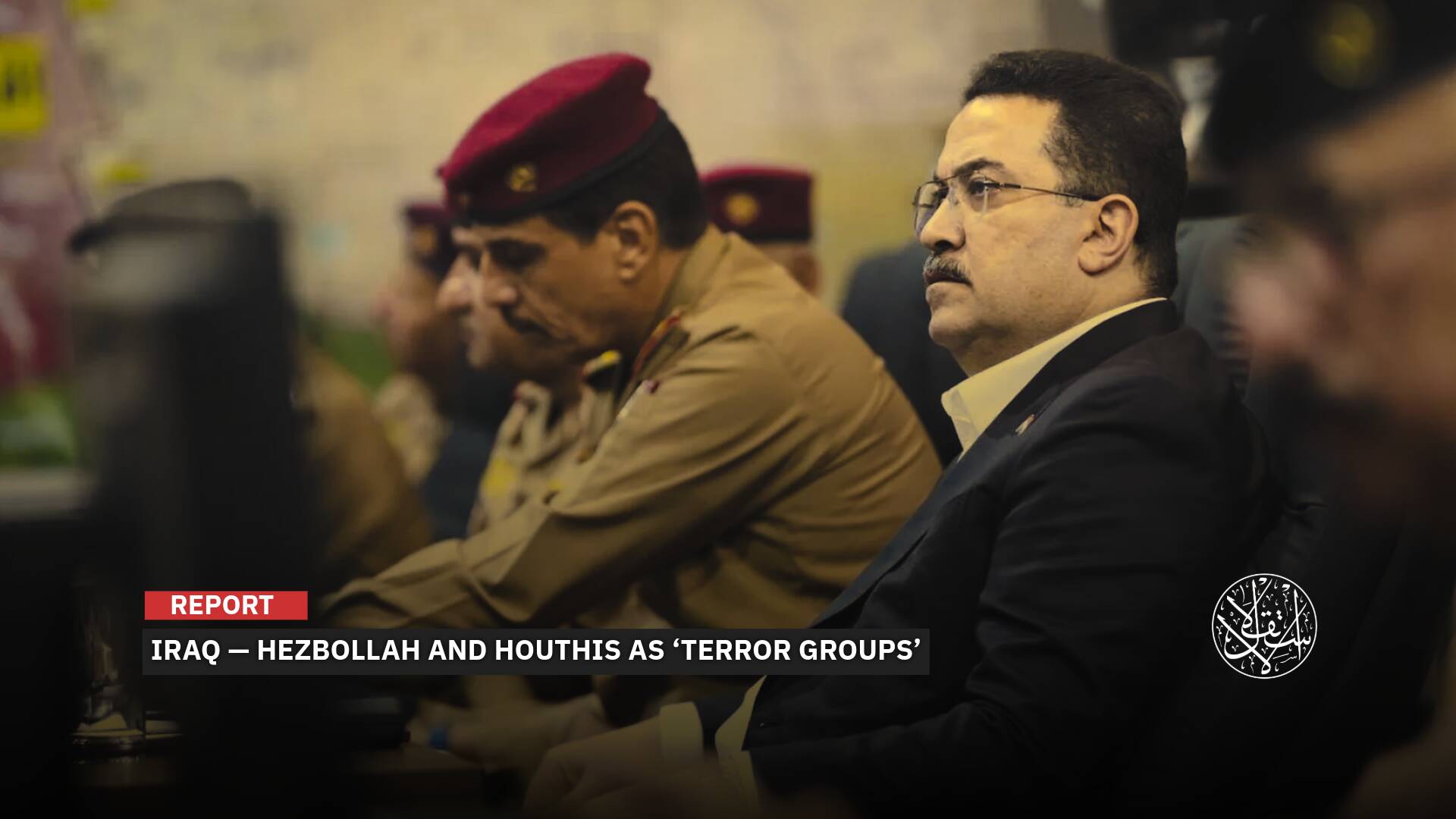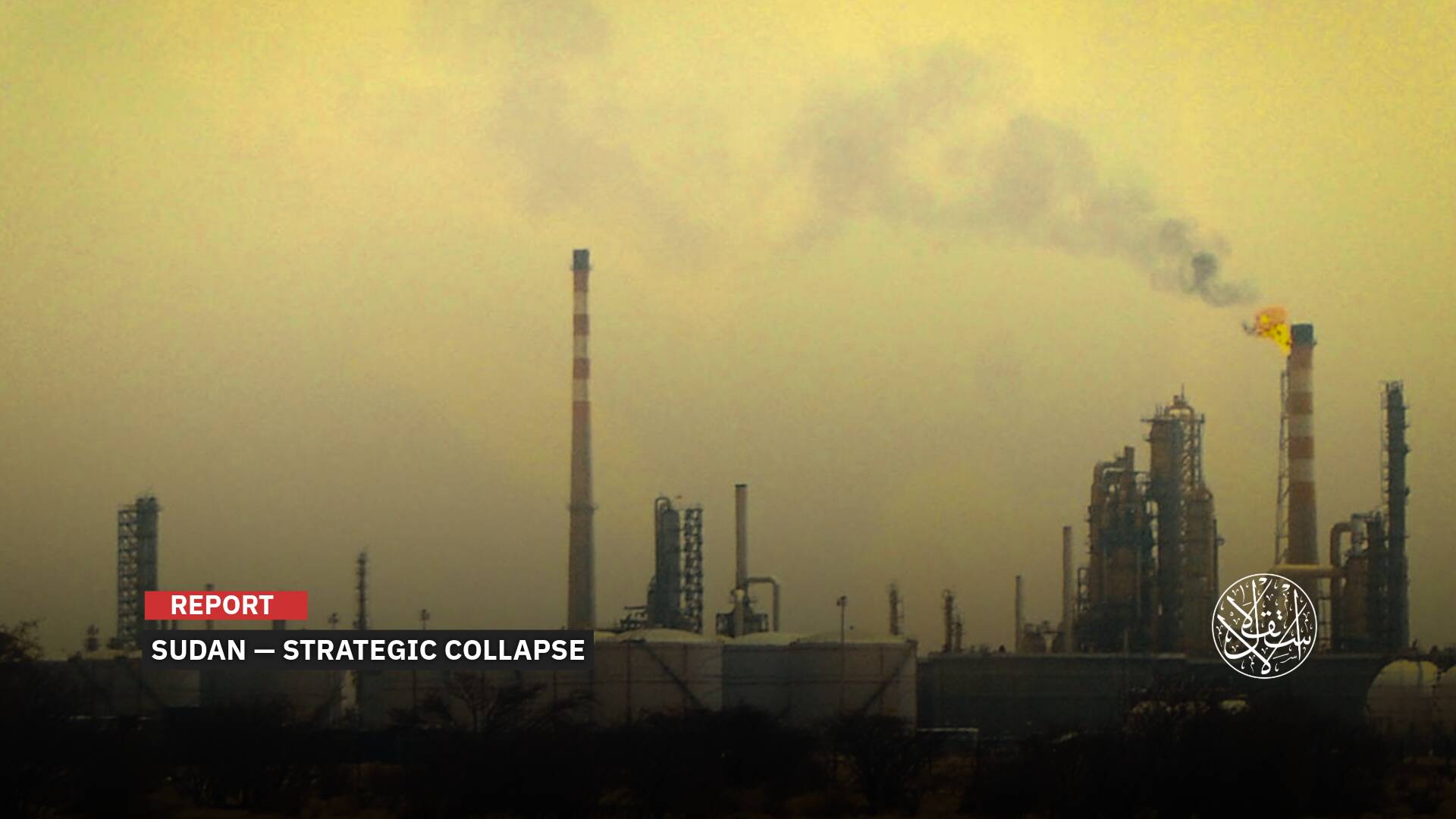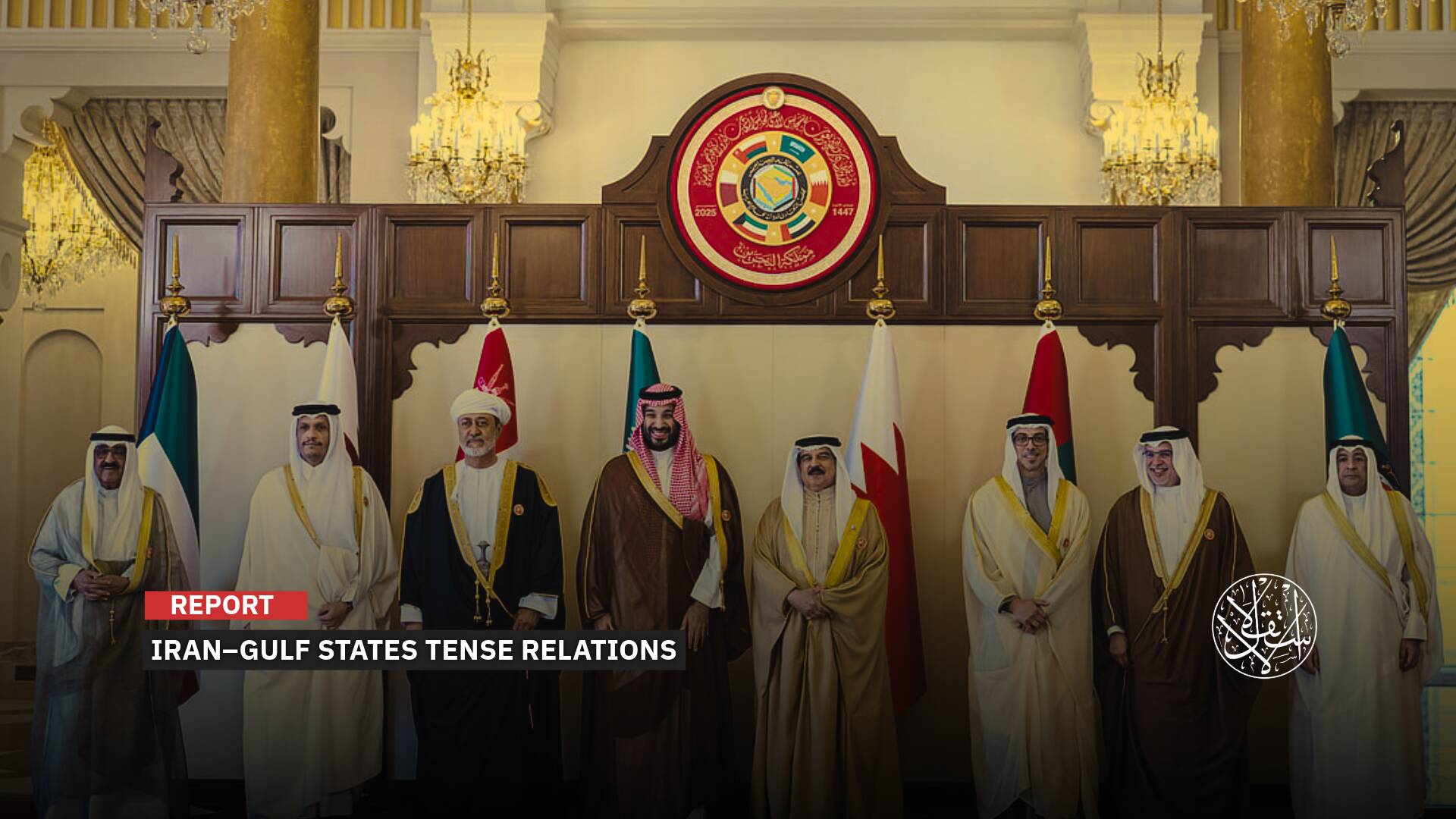Advanced Talks with UAE and Germany: Is Syria on the Brink of Unveiling a New Currency?

In the initial phase, the Syrian government may print a currency similar to the current one, but without al-Assad’s image.
Although printing a new currency in Syria is no easy feat at this stage—given the crumbling economic infrastructure and the lira’s plummeting value—Damascus appears determined to press ahead.
The newly formed Syrian government has begun to explore the prospect of issuing a new currency to replace the existing one, with support from a number of allied states.
The move signals an attempt by Damascus to grasp at any measure that might steer the war-ravaged economy toward a semblance of stability.

A New National Currency
Speaking on state television on May 15, 2025, Syria’s finance minister, Mohammed Yasser Barniyeh, confirmed that the government is indeed considering the issuance of a new national currency—at what he described as the appropriate time.
Barniyeh acknowledged that re-evaluating the current Syrian pound is now firmly on the table, hinting at a broader economic rethink within government circles.
In a further sign of shifting allegiances and practical recalibrations, Reuters reported on May 16—citing three sources familiar with the matter—that Syria is planning to print its new currency not in Russia, the long-time backer of the now-deposed Bashar al-Assad regime, but in the UAE and Germany instead.
Syrian authorities began exploring the possibility of printing the new currency in Germany and the United Arab Emirates earlier in 2025—an effort that gained momentum after the European Union eased certain sanctions on Damascus in February of that year.
The redesign is expected to remove the image of Bashar al-Assad from one of the violet-hued denominations of the Syrian pound still in circulation.
Syria’s new rulers are scrambling to stabilize an economy battered by 14 years of conflict and mismanagement, recently compounded by a worsening shortage of physical banknotes.
For the past decade, Russia—one of al-Assad’s chief backers—had taken on the task of printing Syria’s currency, stepping in after European Union sanctions forced the cancellation of a long-standing contract with a European firm.
Despite Bashar al-Assad’s flight to Russia on December 8, 2024, Syria’s new leadership in Damascus has largely maintained its ties with Moscow, signaling a careful balancing act amid shifting geopolitical sands.
In recent months, Damascus has received several shipments of banknotes from Moscow, along with deliveries of fuel and wheat, as the Kremlin looks to safeguard its strategic foothold—including its two military bases—along Syria’s Mediterranean coast.
The continued flow of Russian support has raised concerns among European nations, keen to curb Moscow’s influence amid the ongoing war in Ukraine.
In a significant policy shift, the European Union in February 2025 suspended certain sanctions on Syria’s financial sector—clearing the way, in particular, for the printing of new currency.
Two Syrian financial sources said the new authorities are in advanced talks over a banknote printing deal with the Emirati firm Currency for Security Printing, which was visited in May 2025 by Syria’s central bank governor, Abdulkader Husarieh, and Finance Minister Mohammed Yasser Barniyeh during an official trip to the UAE.
A Syrian source and a European official added that Germany’s state-backed Bundesdruckerei and the private firm Giesecke+Devrient have also expressed interest.
However, it remains unclear which of the two, if either, will ultimately be contracted to print the new currency.
A spokesperson for Bundesdruckerei said the company is not in talks with Syria over any currency printing agreement.
In a further sign of deepening ties between Syria’s new leadership and the UAE, Damascus signed a preliminary $800 million deal on May 15 with Dubai-based logistics giant DP World to develop the port of Tartus on the Mediterranean coast.
The agreement marks the first of its kind since former U.S. President Donald Trump’s surprise decision to lift American sanctions on Syria.
The Syrian pound has gradually lost around 90 percent of its value since 2011. Once trading at roughly 50 to the U.S. dollar before the war, the exchange rate now hovers between 10,000 and 12,000 pounds to the dollar.
On February 14, 2025, Syria’s central bank announced the arrival of 300 billion Syrian pounds flown in from Russia via Damascus International Airport.
Before turning to Moscow for its currency needs, Syria had relied on Austria, where printing was handled by a firm affiliated with the Austrian central bank.

New Challenges
The resumption of financial dealings with the outside world is also expected to boost the Syrian pound, following the former U.S. President Donald Trump’s May 13 decision to lift sanctions on Syria.
In a further sign of Syria’s reintegration into the global financial system, the World Bank announced on May 16 that it had cleared Syria’s $15.5 million debt after receiving payments from Saudi Arabia and Qatar—paving the way for Damascus to access millions of dollars in reconstruction grants and budgetary support.
However, many experts regard the printing of a new currency at this stage as far from straightforward, given the numerous complexities involved.
Moreover, the design and appearance of the new notes are seen as critically important in the wake of the Syrian revolution.
Syrians are demanding that the currency reflect the country’s rich heritage and identity, rather than the portraits of individuals as the now-deposed al-Assad regime once imposed.
In this context, Syrian economist Firas Shaabou emphasized that printing a new currency is no simple task, requiring a clear understanding of the central bank’s reserves and the money supply circulating in the market.
“The current government has struggled to manage this issue because, under the former Assad regime, decisions over currency printing were issued from the presidential palace rather than the central bank,” Shaabou told Al-Estiklal.
“It is important to clarify the objective—is the goal merely to change the currency’s design for the sake of change, without improving its value? Enhancing the currency’s value is an expensive endeavour, particularly given the high quality of banknote paper required to deter counterfeiting, and the substantial costs of printing—both of which are tied to the size of the country’s reserves.”
“Before printing new Syrian currency, the economic situation must be stabilised and the exchange rate fixed. This depends on reserves, GDP, and the presence of effective financial institutions such as the central bank and commercial banks. Today, Syria’s largest bank has a capital of just $10 million, while others hold no more than $1 million each.”
Since the new government took power in Syria, the central bank has pledged to adopt a unified official exchange rate for the Syrian pound.
According to Reuters sources, the central bank’s foreign currency reserves stand at no more than $200 million—a sharp decline from the $18.5 billion the International Monetary Fund estimated Syria held before 2011.
The central bank also holds nearly 26 tons of gold, valued at more than $2.6 billion at current market prices.
The new Syrian government has said it expects to recover up to $400 million of its frozen assets to help fund reforms, including recent steep salary increases for certain public sector employees.
According to Shaabou, “The Syrian government appears to be laying out a medium-term plan—spanning one to two years—for printing new currency. This comes amid complex technical challenges related to currency circulation and hoarding, particularly by speculators who currently manipulate the market. There are concerns that injecting valuable new notes into the market could prompt a surge in demand for dollars in return.”
“Printing a new currency in Syria remains a difficult undertaking as long as the current government is unable to assert control over the entire country,” Shaabou added.
Roughly a third of Syrian territory remains under the control of the U.S.-backed Syrian Democratic Forces (SDF).
Currency is widely regarded as a symbol of statehood, and is typically only replaced or abandoned for compelling reasons—such as addressing deep monetary imbalances, overcoming significant technical challenges, or navigating a broader transitional phase for the nation as a whole.
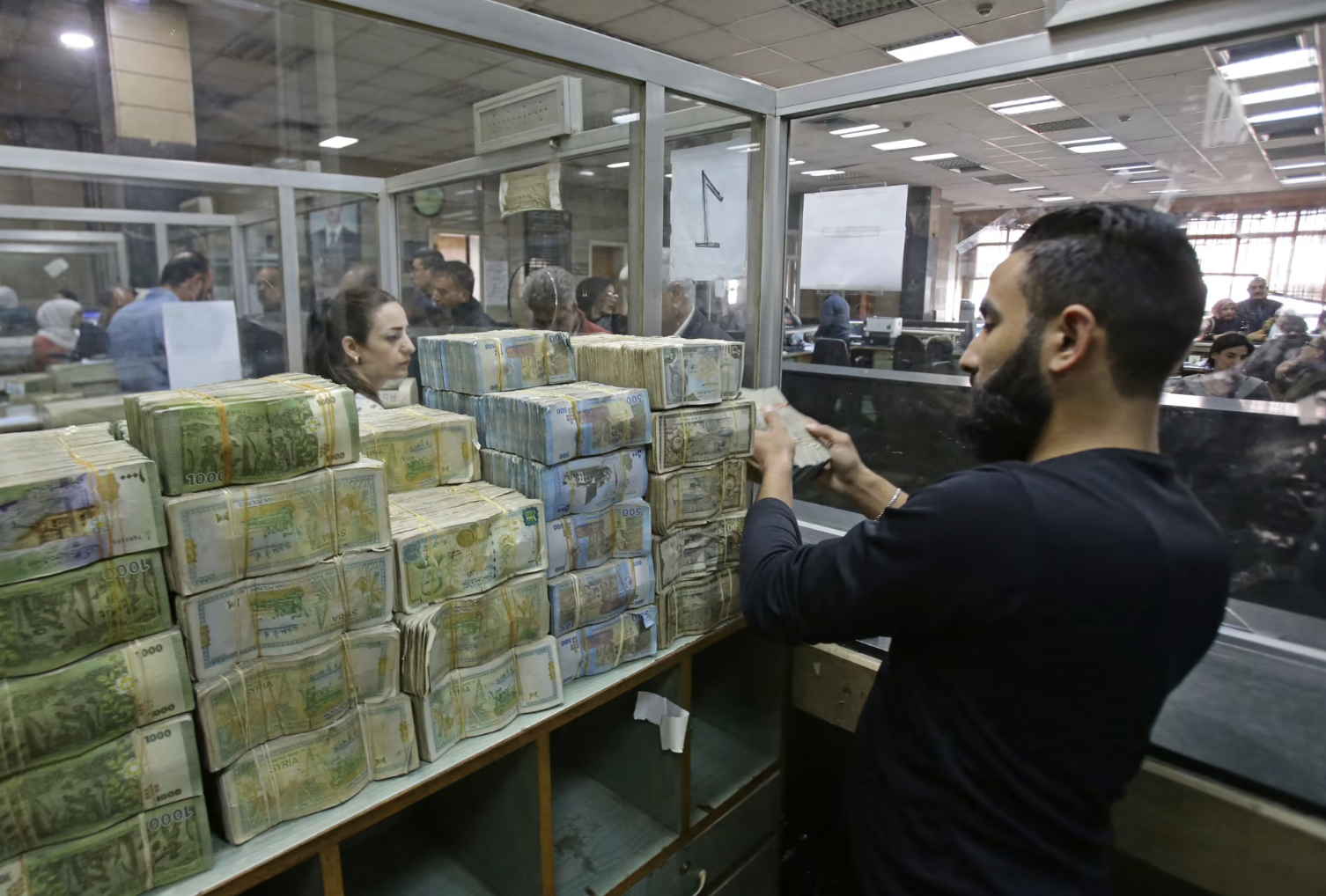
Future Benefits
Amid these fundamental challenges surrounding the printing of a new currency in Syria, some experts see it as a necessary step given the country’s ongoing political and economic transformation.
The current Syrian pound notes continue to serve as a source of liquidity for networks and businessmen linked to the corruption that characterized al-Assad regime’s era.
These actors manipulate the market, undermining efforts to stabilize the pound’s exchange rate by controlling the black market—hoarding and withholding cash to distort supply.
In Syria’s case, a currency swap could help address the government’s chronic liquidity shortages. It would also enable the withdrawal of banknotes bearing al-Assad’s image, while allowing authorities to better measure and control the money supply.
Experts further argue that issuing higher-denomination notes would ease daily transactions by reducing the physical volume of cash that citizens need to carry for everyday payments.
A currency replacement would also support a shift towards a digital system, encouraging electronic transactions and payments through bank accounts and financial products.
It would help expose and confiscate a portion of stolen funds, preventing their reinvestment in illicit activities.
On this point, Syrian researcher Younes al-Karim told Al-Estiklal that “what is driving the Syrian government to print a new currency at this stage is the need to secure liquidity for the struggling Syrian market, especially given the central bank’s inability to meet market demands amid the implementation of economic liberalization policies.”
“Currency is a symbol of sovereignty, a marker of political independence and the constitution, as well as a protector of freedoms,” Younes al-Karim told Al-Estiklal. “That is why there is a deliberate aim to remove al-Assad’s image from the currency.”
He also highlighted the importance of severing ties with the printing companies previously controlled by Russia and Iran, describing this move as a step towards Syria’s liberation.
Al-Karim further noted the need to cut off the hands manipulating the currency—those who seek to destabilize the economy by creating liquidity fluctuations, causing people to lose part of their wealth.
This, he said, is intended to fuel resentment against the current government and turn public opinion against it.
“Printing a new currency would cut off the networks and businessmen linked to the corruption of the Assad era from manipulating the market, many of whom managed to transfer large sums of money abroad,” al-Karim added.
He concurs with many analysts that, at present, no currency printing has taken place due to uncertainties around the new currency’s value, design, format, and security features.
This suggests that discussions so far have focused on reaching agreements to assist in creating a new Syrian currency, with the UAE potentially playing a mediating role in securing the machinery needed for the reprinting process.
“In the initial phase, the Syrian government may resort to printing currency similar to the current notes but without Assad’s image, due to its inability to determine the currency’s true value. Consequently, this new printing would be limited to domestic transactions and would not be accepted abroad, posing a significant challenge for investors,” al-Karim noted.
“The total amount of currency printed in Syria is estimated at around 60 trillion pounds, yet currently less than half of this is circulating in the market. The Syrian economy requires a daily injection of 100 billion pounds in liquidity from the central bank and traders to keep commerce flowing, but today the central bank can only provide up to 10 billion pounds daily at best.”



